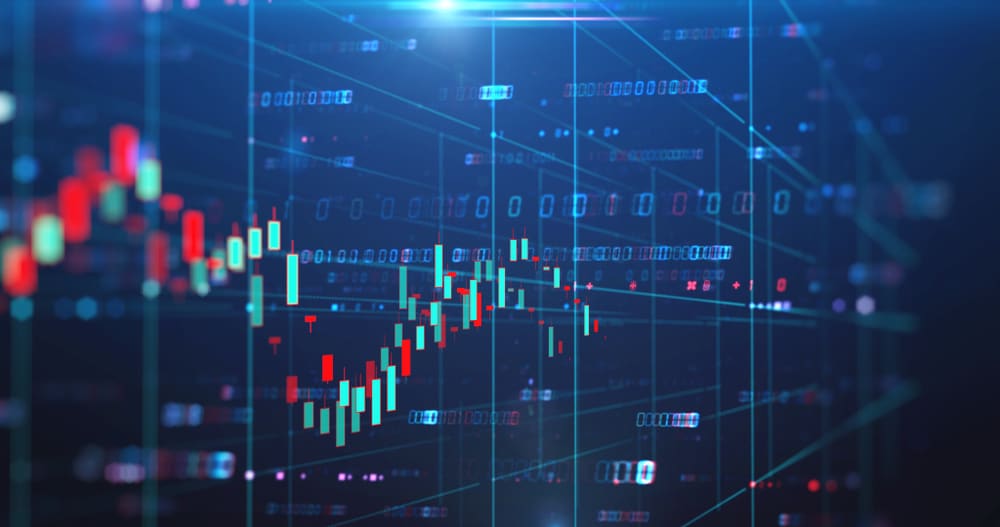Why Does The Business Cycle Fail To Continue?
There are three phases in recessions.
They are called uptrend, depression, and recovery. There is a distinct distinction between recessions. Business cycles tend to be much longer than traditional economics describes them to be. The length of a recession can last from six months to two years.
- At the beginning of the business cycle there are signs that the economy is growing and indicators of inflation are visible. But, as growth slows and the central bank continues to tighten policy it becomes evident that the expansion was just a short-lived phenomenon. As the phase of the business cycle in which real gdp declines deepens the signs of inflation become less apparent and the unemployment rate begins to rise.
- At the end of the cycle what is left is what is known as equilibrium. In an economy operating at an equilibrium position there is no trend in prices and real gdp. This is the point of maximum employment and lowest unemployment rate. At this stage the central bank will usually cut interest rates and remove the money supply.
At this juncture the business cycle is considered to have come to an end. The central bank will begin to raise interest rates to correct the excesses of the previous period and to bring the economy back to equilibrium. And we know that interest rates are always lower in a recession than they would be in an expansion. So, the phase of the business cycle in which real gdp declines sharply is over.
At this point in time it is important to understand why the business cycle does not continue on to its next phase which is the rise of inflation. Real gdp is firm during an up cycle. However, if deflation sets in the cycle will most likely fall sharply because it implies that the central bank has lost its control over the economy. When the business cycle resumes the up cycle will be much firmer and real gas will begin to rise.
This brings me to my last major reason why the business cycle does not continue to its up phase. Wage inflation is much lower in the up cycle than it is in the down cycle. Wage inflation is caused by two factors, the first being the reduced cost of living due to increased productivity. The second is that the real gap is higher in a down cycle because there is excess capacity in the economy to create new jobs. Thus demand is temporarily higher and companies are forced to raise salaries to get these workers added to the payroll.




